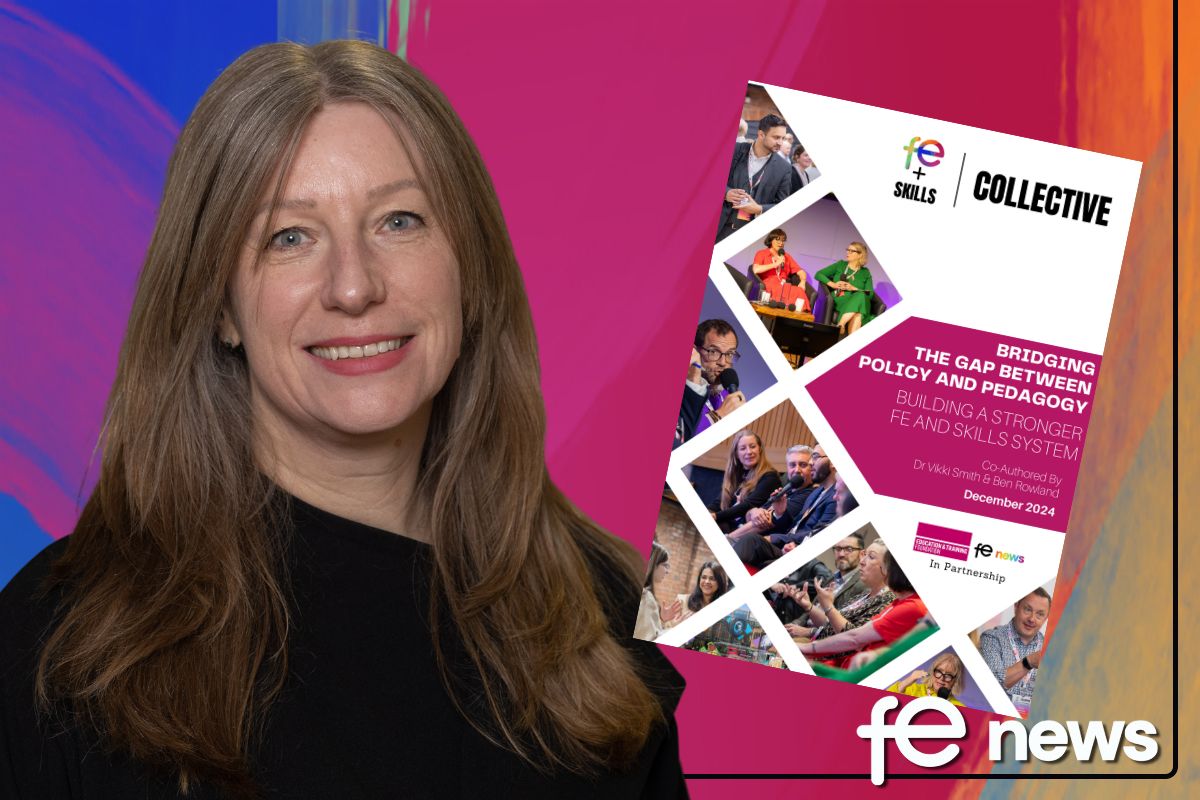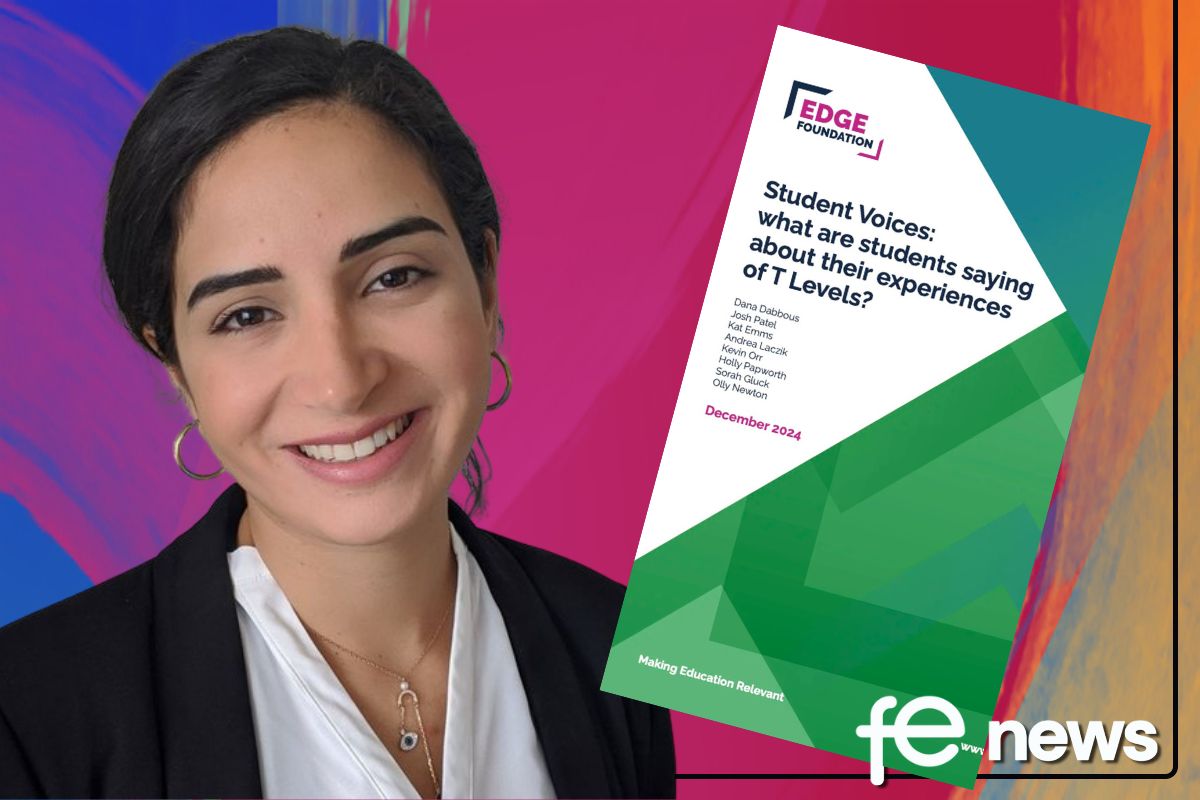Digital Transformation: Why Good Enough Just Isn’t Good Enough

FE colleges play a critical role in helping people transition from education into working life.
With budget cuts and unprecedented amounts of social and economic change, FE colleges are the epitome of having to do more with less.
Against this backdrop, colleges that aren’t embracing technology face the reality of falling revenues, increased dropout rates and falling student achievement rates.
Barriers to Implementing a Successful Digital Transformation Strategy
The phrase “digital transformation” is often overused. However, there is a genuine need within the sector to generate new revenue streams, create efficiencies, and make data-driven decisions. And all of this can be achieved whilst also improving teaching, learning and assessment.
Many FE colleges are already on the path to transformation, whilst others are aware of the need to catch up. There are, however, a number of barriers to implementing a successful digital transformation strategy.
FE Leaders Call for Concrete Guidance
Canvas’ Driving Digital Strategy Report (DDS) uncovered a lack of concrete guidance to support FE colleges in embracing tech and powering this new, dynamic, way of learning.
As part of our report, FE leaders called for Government to provide a digital strategy, but in the absence of this guidance, we believe that it’s our responsibility to provide information on the best way to implement, and get the best from classroom tech.
As a result of this responsibility, we published our Whitepaper on Digital Transformation in Autumn 2018. It aimed to provide counsel on the most important steps in a digital transformation programme and it can be read on the link above.
It identified three key areas in defining a successful strategy:
- Empowering institutions to embrace change
- Ensuring successful adoption
- Getting measurement right
To coincide with the publication of this whitepaper, we also held a roundtable discussion in October 2018 in Central London with sector leaders from FE colleges.
Feedback from the session was extremely positive, with many colleges sharing the same aspirations and frustrations. Look out for our next session in 2019.
The Increase in Mobile Technology
The colleges within this session were just the tip of the iceberg: all in all, Canvas has helped over 30 FE colleges on their digital transformation.
They primarily chose Canvas as it is a modern, open and cloud-based VLE. These elements are critically important when embarking on a transformation strategy, since we now live in such a connected world. Learners entering into FE colleges have been connected since an early age.
They have grown up using technology to communicate and consume, and Ofcom research shows that 95% of 16-24 year olds own a smartphone: they are always on and connected. And, with the rollout of superfast broadband and 5G networks, the prevalence of mobile technology is only going to increase.
Disconnect Between Usage and Expectation
Despite this increasing move towards mobile device use, a lot of colleges across the country aren’t capitalising. According to Jisc’s Digital Experience Insights Survey, only 38% of FE students use a smartphone to access their course materials on the VLE.
This is in spite of the fact a college’s VLE is the most important digital tool or app that students found useful for learning in their own time.
There is, therefore, a disconnect between what systems students want to use and how they actually use them. They don’t want to log into the VLE from a desktop computer. They want to engage with their learning and course materials when they want, how they want and on their device of choice.
Taken from the JISC Digital Experience Insights Report 2018
The Prize for Transformation
We live in a world where technology has transformed whole industries. People consume and interact with content on their devices 24/7, 365 days a year.
They order online, communicate through social media and stream music, films and games. Education is no different and institutions can either choose to ignore that or quickly find that they have fallen behind.
Those institutions that haven’t kept up will find that they are faced with falling student numbers, lower attainment rates and decreased revenues.
Ultimately, colleges need a partner who can help them on this journey. Canvas (Instructure) works with over 4,000 institutions in over 70 countries with over 20m users.
The prize for transformation is better student engagement, improved teaching, learning and assessment and future proofing through the use of open, reliable and intuitive software.
Martin Lewarne, Senior Regional Director at Canvas











Responses